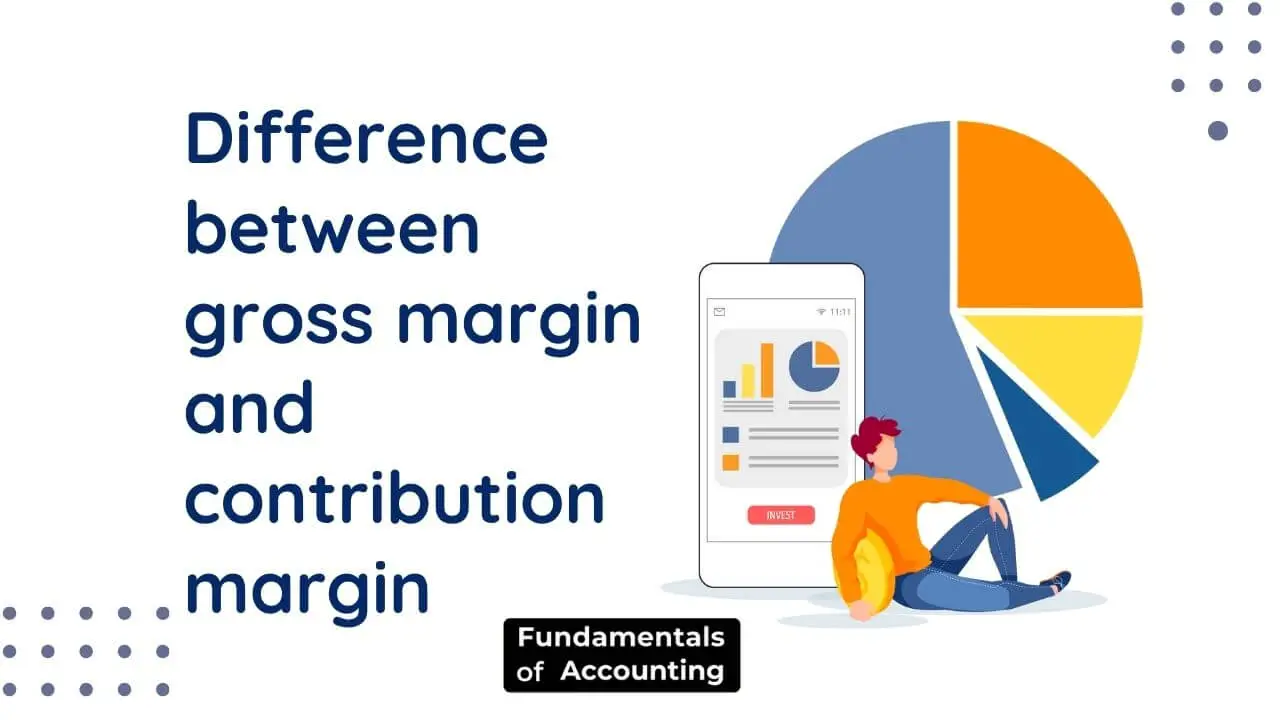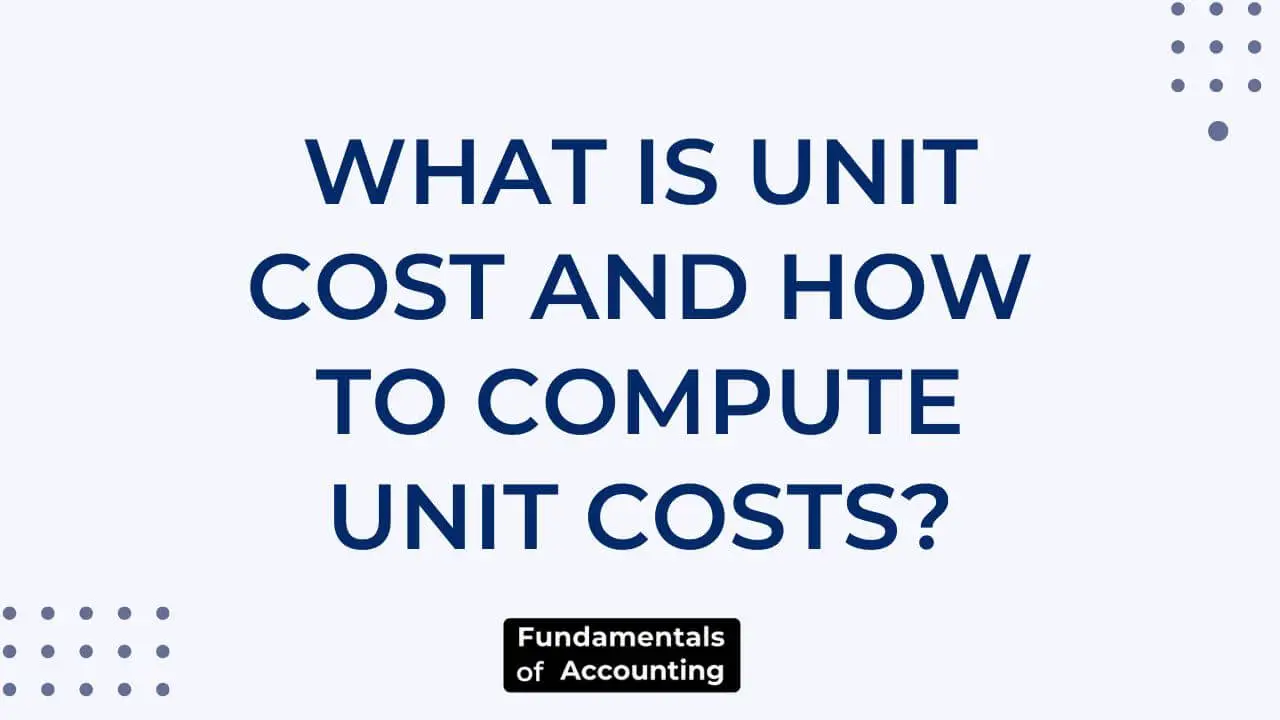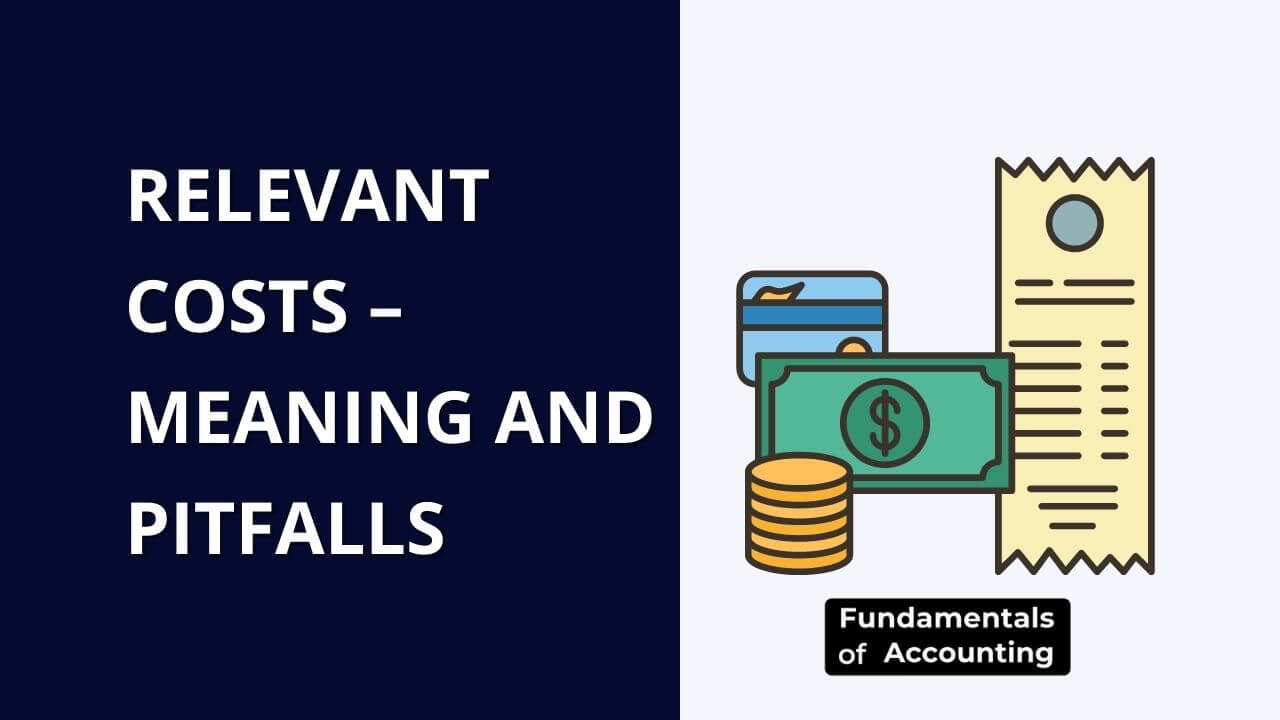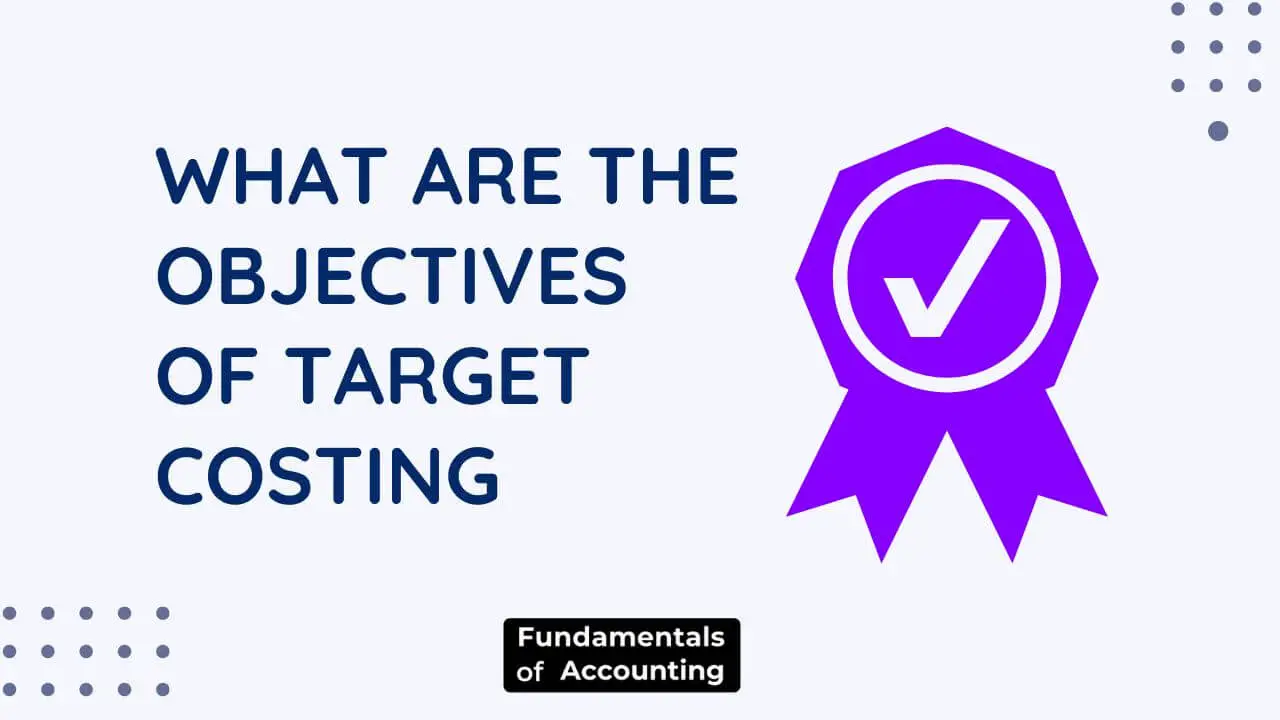Evaluation of Transfer Pricing Policies

Transfer pricing refers to the setting of prices for goods sold between different entities within the same company, often located in different countries. It is the process of determining the price of goods or services exchanged between various divisions or subsidiaries of the same business or organization, frequently spread across international borders. For instance, imagine […]
What is Segment Contribution Margin

Segment Contribution Margin In the world of financial markets, segment contribution margin is used as a way to determine the margin that will be required to sell a product. The segment contribution margin is the margin that will be required to sell a product in the segments that are being analysed. The segment contribution margin […]
Difference between gross margin and contribution margin

Contribution margin vs gross margin; this is a matter of great confusion among many accounting students. Most of them think they both are the same. In this post, we are going to explain what both terms actually mean and what makes contribution margin different from gross margin. The Concept of Gross Margin Gross margin is […]
What is unit cost and how to compute unit costs?

Unit Cost The unit cost (also known as unit price) of output (production) is an estimation of the total cost required to produce the output. The unit cost of the output is an important cost indicator because it provides information about the cost of output, i.e. how much output costs to produce. For example, a […]
Relevant Costs – Meaning and Pitfalls

Relevant costs are those expected future costs that vary under various alternatives. These are the costs that are affected due to decision-making. Non-recognition of relevant costs can also lead to wrong decisions. For example, in whether to retain or replace an old machine, the realisable value and dismantling cost of the old machine are relevant […]
What are the Flaws in Traditional Costing System

A traditional costing system is an accounting approach used to assess the cost of producing products in order to generate a profit. The traditional allocation method assigns manufacturing overhead expenses based on a single cost driver, such as direct labour hours or machine hours. While nonmanufacturing costs are not regarded as production costs and are […]
Target Costing and Lifecycle Costing Explained

Target Costing and Lifecycle Costing are two important tools that can be used to manage and control costs throughout the product development process. Target costing is a tool that can be used to set a target cost for a product or project. This target cost is then used as a cost management and control baseline. […]
Method of Absorbing Overhead to Various Products or Jobs

Overhead Absorption A method of overhead absorption in cost accounting is a method of allocating expenses and gains to cost centres within a business. Benefits of Overhead Absorption Overhead absorption is useful for accounting purposes because it allows managers to assign a dollar value to the cost of services or products provided by each department […]
What are the Objectives of Target Costing?

Target Costing is a strategic pricing technique used by businesses in which the desired selling price of a product is set, and then the costs associated with making that product are reduced to meet that target selling price. Target costing is based on the idea that, as opposed to the conventional method of setting prices […]
Differences Between Traditional Costing and Target Costing

Many companies have difficulty understanding how traditional costing and target costing differ. These terms have their own specific meanings and purposes. Traditional costing and target costing have some differences. This is so because traditional costing is a methodology that aims to collect information about the cost and use that information to estimate the cost of […]
